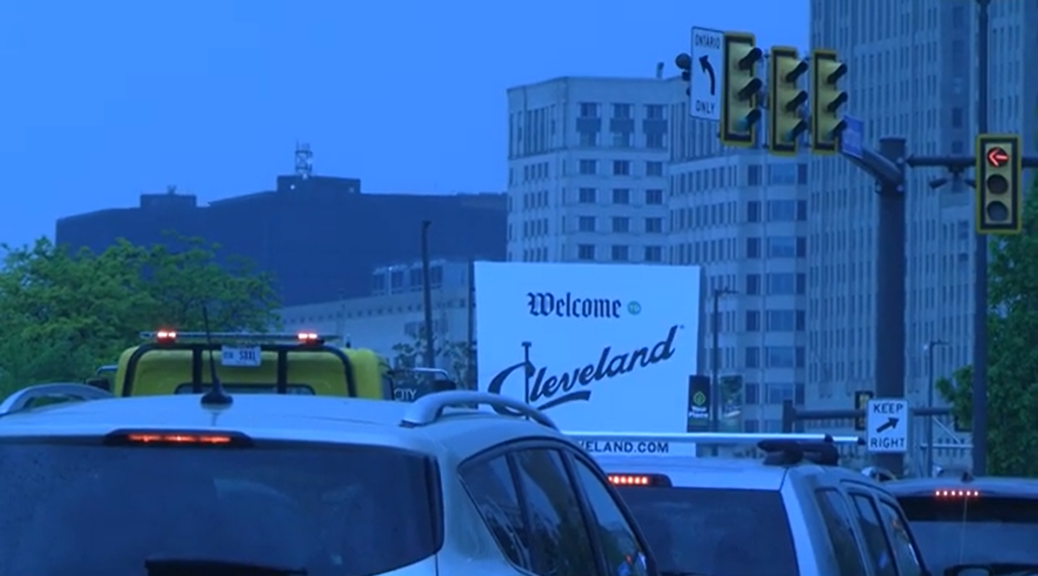
Jumping Ship: Why Cleveland and other midwest cities are declining in population
By Michael Neenan
Cleveland was once known as a metropolis with a booming economy and growing population. Nowadays, it has fallen into decay after the loss of industry and decades of residents moving out from its city limits. What started as a city with over 914,808 seven decades ago has dropped to 372,624 according to the U.S. Census Bureau.
Jennifer Mapes, a professor of human geography at Kent State University, says that most of Cleveland’s population has just moved outside of the city.
“The largest drop was in the seventies,” she said. “What appears to be population decline is really just urban sprawl, people moving out of the city center and into the suburbs.”
The city of Cleveland quickly industrialized and massively grew in population after the American Civil War. The city was known for its production of steel and manufacturing. During the 1920 census, Cleveland was listed as the fifth largest city in the United States with a population of 796,841 residents within city limits according to Case Western Reserve University.
The city reached its largest population in 1950 after the U.S. census counted 914,808 people, making it the seventh-largest city in the United States.
The second half of the 20th century saw many cities across the Great Lakes and Midwest region lose sizeable portions of their population as more and more industrial jobs started disappearing. To date, Cleveland has lost about 59% of its 1950 population.
Mapes says Cleveland’s declining industry was caused by companies looking elsewhere for cheaper labor.
“Some of them are going south,” she said. “Some of them are being outsourced originally to places like China, but now parts of southeast Asia. Some of those jobs are lost because we’ve become more efficient and we have robots doing jobs for us. They’re mechanized.”
Many companies move to the southern U.S. due to their stricter laws on unionization according to Mapes.
The city to see the worst of this phenomenon is Detroit which had a population of 1.85 million in 1950 as opposed to a U.S. Census count of 639,777 residents in 2020, a decrease of over 1.2 million residents or 65% of its original population.
This region is known as the Rust Belt. Brittanica defines this region as the country’s former manufacturing, steelmaking, and coal-producing heartland before seeing a dramatic decline in industry and population. Today, many of these former industrial cities have high rates of unemployment, poverty, decay, and population loss.
Yet not all cities in the Rust Belt are struggling. Columbus is an almost reverse population trend from Cleveland, with the city’s population increasing from 375,901 residents in 1950 to 905,748 residents in 2020, making it one of the fastest-growing cities in the United States.
Cameron Keir, a communications representative from the Department of Development in the city of Columbus, believes that Columbus’ growth is a result of the city not being dependent on any particular industry.
“We are quickly becoming known for technology and fashion,” he said. “I think what companies see from Columbus is potential and I think that is one of our major exports.”
Keir also sites a large number of high-ranking universities in and around the city including Ohio State University.
“We are seeing more of those students stay in Columbus and start their careers in central Ohio,” he said.